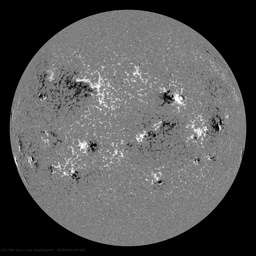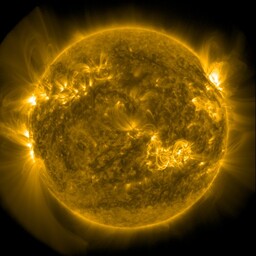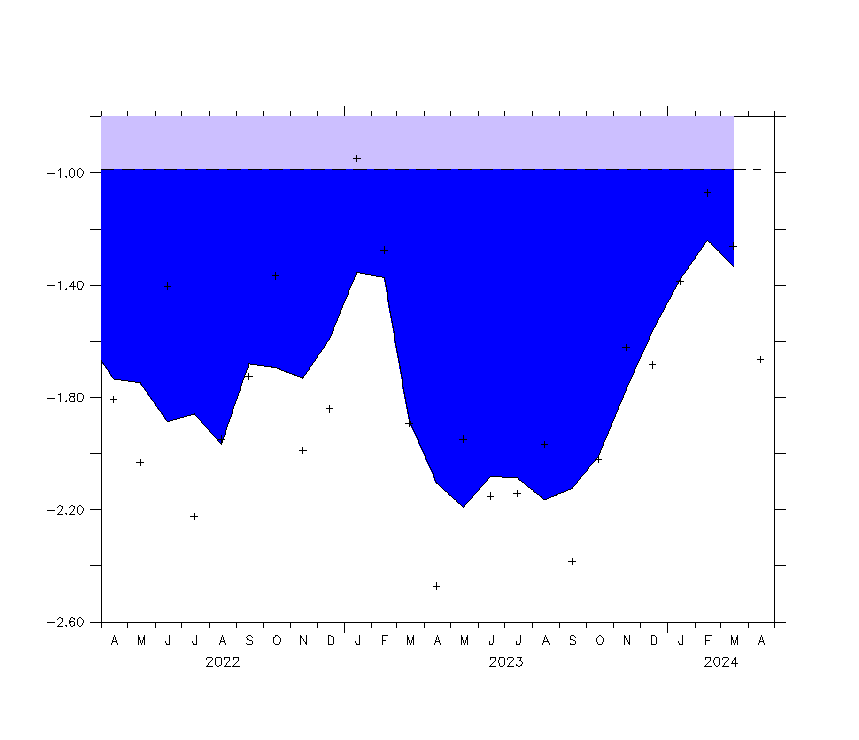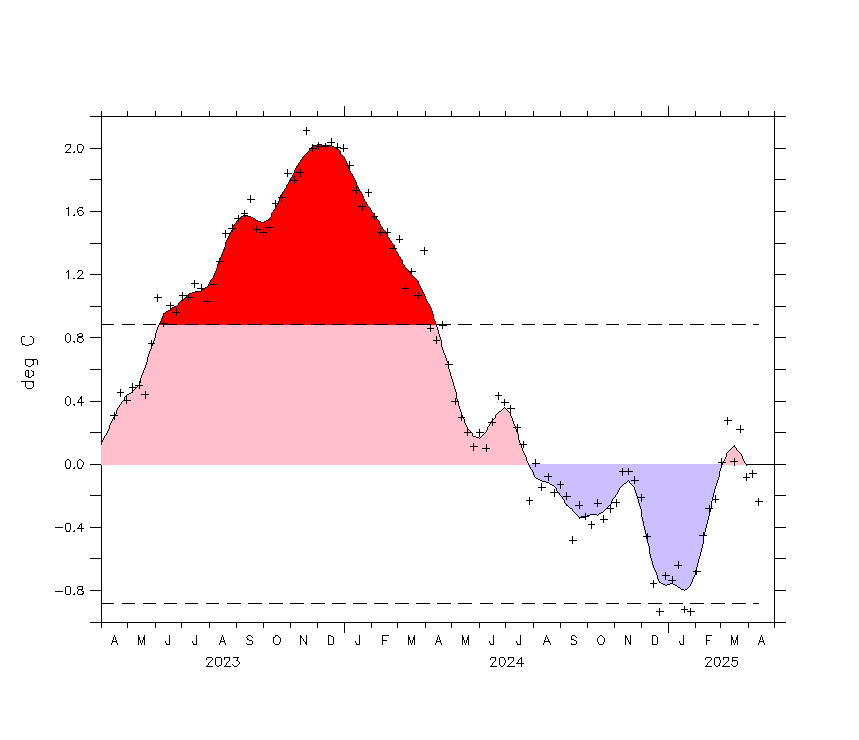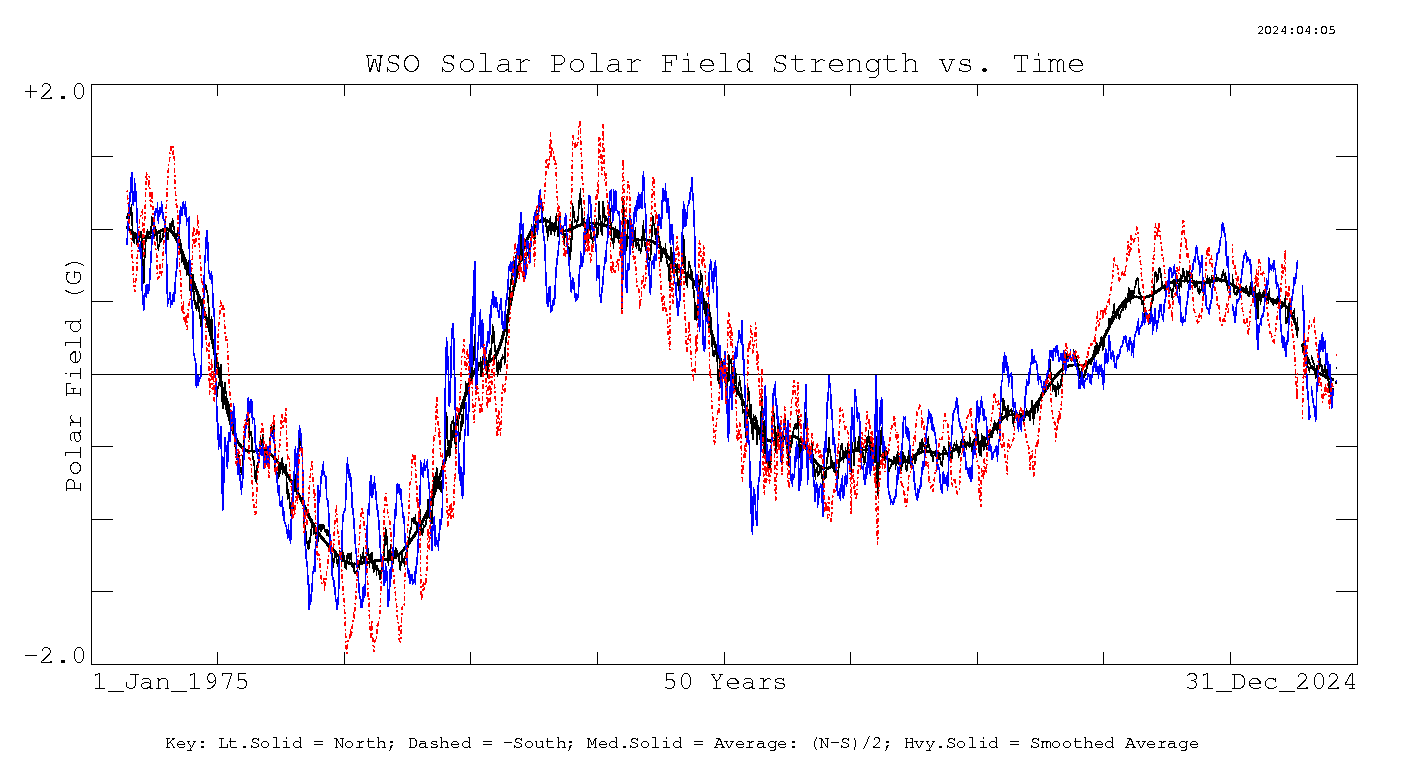DOI: 10.13140/RG.2.1.4260.3048
Planetary influence that determines solar output and Grand Minima is now beginning to be taken seriously with new theories and data making an impression. Authors such as Wolff & Patrone, Abreu et al, Scafetta, I. Wilson and myself are now published in peer reviewed journals.
The subject of this article is now being prepared as the baseline of my next paper, and all data contained within is subject to copyright.
My own theory uses a particular planetary configuration that is now being accepted as coinciding with Solar Grand Minima which will see this year at least one paper from esteemed authors backing up my theory (McCracken, Beer & Steinhilber 2014). I believe we can use this planetary configuration to test the Dendrochronology and Carbon Dating Record.
This basic planetary configuration is as follows:
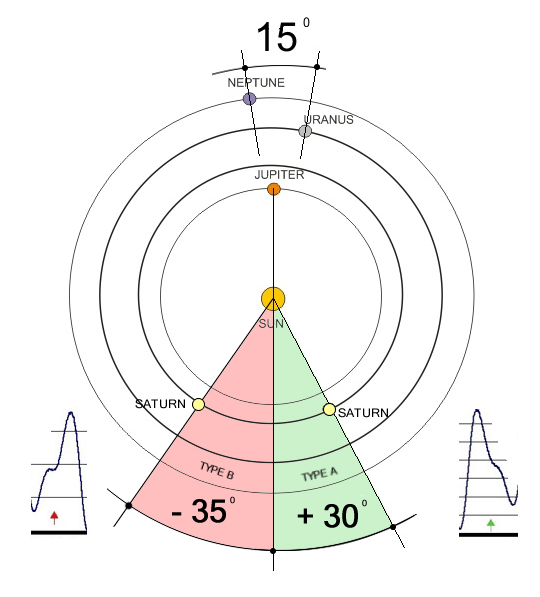
The position of Saturn varies each alignment and this position determines the strength of the solar cycle slowdown/shutdown that occurs in every case. The planet angles determine the shape of the single disordered orbit of the Sun about the SSB, with 1472AD type inner loop orbits greatly exceeding the solar radius distance from the SSB (see below). The prime position for the deepest Grand Minima is Saturn at +30 deg and is the angle measured at 1472 which is during the Sporer Minimum and the centre of the Little Ice Age (LIA). This era is a substantial grand minimum period during the Holocene. My original research used a rudimentary method to measure the planet angles. Since the original research it has been found that the +30 Saturn angle in 1472 is closer to +40 deg using a 12000 year ephemeris.
By tracking this planetary configuration over the sunspot record it is found to coincide with solar cycle reductions and Grand Minima on every occasion. Because Uranus and Neptune travel slowly, when they are close together there are an average of 3 chances for Jupiter and Saturn to form the above configuration. Each configuration is always different within each set and it is uncommon to get 3 strong configurations together, but the LIA does display groups of strong alignments from 1250-1830. Most of the Holocene does not exhibit this strength of alignments so the gap between Grand Minima is more likely around 208 years because of the weak alignments that occur in most groups that average a 172 year centre.
In my paper (Sharp 2013) the alignments are compared with the Holocene solar proxy 14C and 10Be isotope records. (Usoskin, Steinhilber). I found that the alignments started to drift away from the solar proxy records at about 2500BC and questioned the accuracy of the dating method of the isotope records. Since then I found via playing around with a solar system orrery that the 4 outer planets return to the same position every 4627.25 years, the return is not identical and whether we have sufficient data over the longer time frame to validate this return of the planets is debatable. But over the shorter term over one or two cycles it can be shown that the planets return with an accuracy of within 2 deg each cycle. The 4627 year period has been known for some time and is frequently mentioned on older astrology type web sites.
To test the accuracy of the 4627 period I obtained the JPL DE408 ephemeris Sun to SSB distances for -10000 to 10000, thanks go to the Abreu team for their support. By using the Sun to SSB distances we get a very accurate summary of the actual solar path about the SSB of the era. The LIA is the largest and deepest Grand Minima type period of the Holocene and if the theory prevails we should find another similar period exactly 4627 years earlier.
Initially after checking the planet angles were within 2 deg I thought it would be interesting to see an overlay of the Sun to SSB distances for periods separated by 4627 years. Theoretically the plots should overlay each other very closely with minimal differences in values. I used 1472 as the centre point of the LIA which then created -3155 and -7782 as central points for previous epochs. I then used the data 300 years each side of the central points to compare.
To my surprise the result was even closer than expectations. Click on the graph for a full size view.
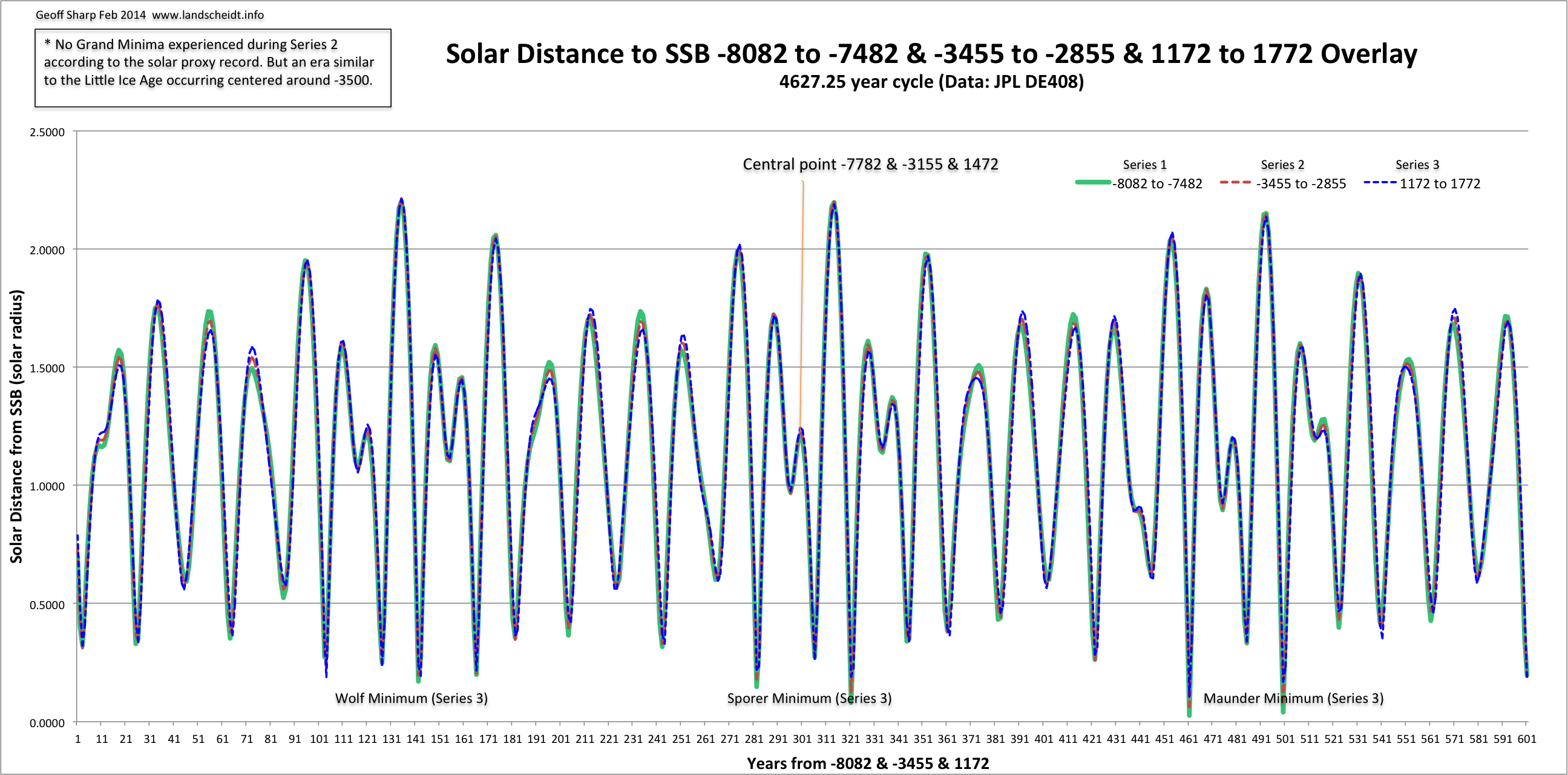
I also plotted the solar path on Arnholm's Solar Motion software for 1472 and -3155 and the disordered single inner loop orbits can be seen to be identical:
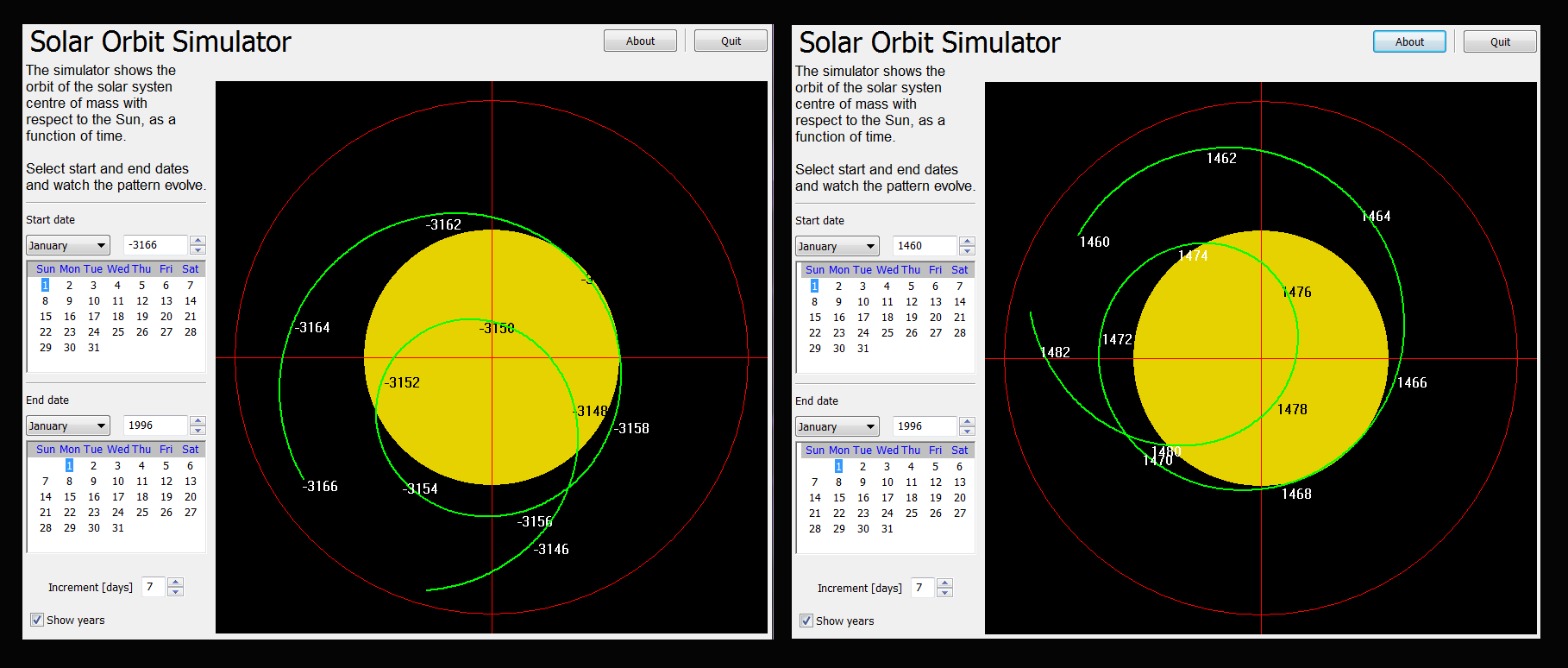
Now for the controversy, if we look at the solar proxy record we would expect to see a LIA type period centered around -3155, but in fact we see a period of very high solar activity. Either my planetary configuration theory is incorrect or the dating of the Holocene has to be wrong. If we go back around 340 years we do see a LIA type period at -3514. It must be remembered that the disordered orbit or disruption to Angular Momentum is happening irrespective of the solar cycle position, the disruptions that travel with the planet positions can occur at any stage during a solar cycle depending on the timing. Therefore even though the solar paths might be identical it does not mean the relevant solar cycles will be identical, but overall history shows in the main the patterns are upheld.
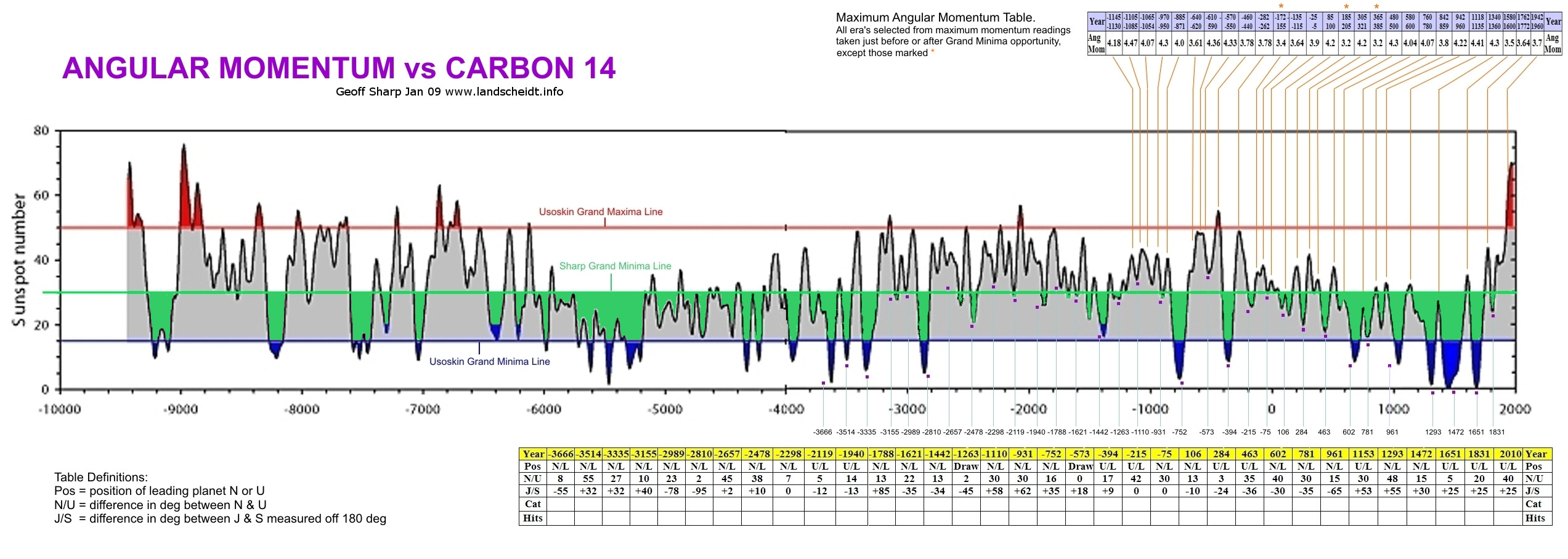
We can now compare AMP or disordered orbit groups of the LIA type period that I think is incorrectly shown at -3500. If we go by the dates on the proxy records we can compare the actual solar paths around -3500.
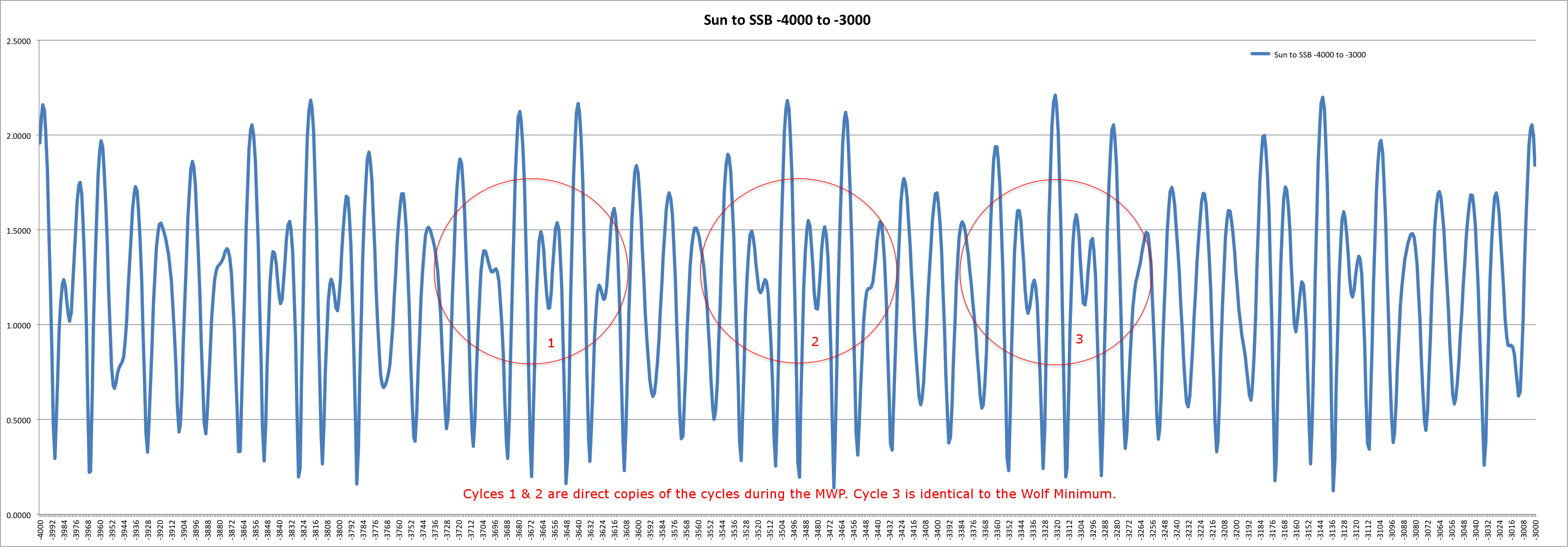
Cycles 1 & 2 are direct replica's of the solar orbit paths of the Medieval Warm period, this is a time of no inner loop disordered orbits with only the outer loop showing variance to its normal path. These events I call Type B & C events and throughout the Holocene are shown to be weak in regard to solar disruption. I would think it unreasonable to suggest that cycles 1 & 2 could be responsible for a large solar downturn shown on the proxy records. Below is a plot of the Solar path at around -3480 that shows the outer loop path changes and a normal inner loop trajectory. Large excursions of the inner loop are required for significant solar disruption.
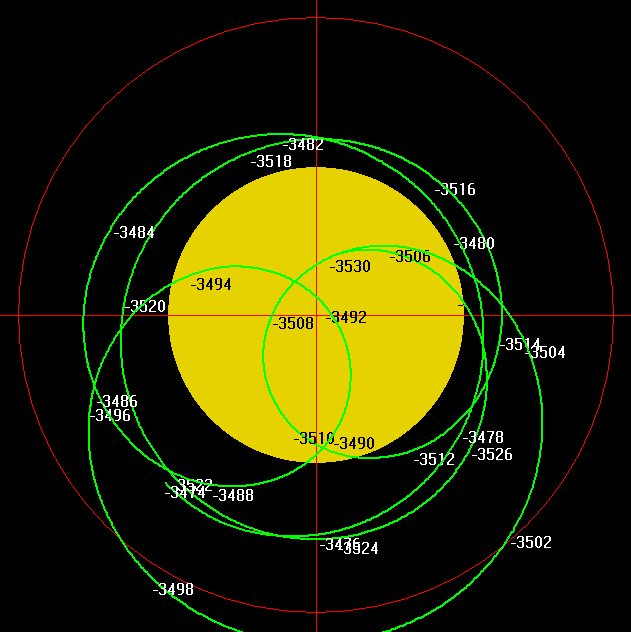
Charvàtovà in her 2014 paper suggests that there is no breakup of the trefoil pattern during the MWP, this is true because the outer loop is disrupted instead. The real break through is to be able to understand the reason for the disordered orbit and also to quantify each individual loop instead of looking out over longer time scales.
The Dendrochronology and related Carbon dating record has been developed over several decades but there are questions relating to its accuracy. The basic mechanism of dating is achieved through the counting back of tree rings with some of the oldest trees dating back some 4800 years which are the bristlecone pines that grow on the North American west coast. Other trees are also used from Europe along with older dead trees where similar tree ring patterns are used to align over lapping periods. Some of the problems associated with this method include determining the germination date of the trees involved and also the occurrence of two tree rings per annum during times of drought. The forest that grows the bristlecone pines is currently experiencing a major drought and solar Grand Minima might be associated with previous droughts. There is also evidence of up to 5 rings per annum in bristlecones when subjected to several wet spells per growing season, the forests of the world 5000 years ago were very different to recent times. One clear example is the lush conditions that prevailed in the what is now the Sahara Desert.
The 10Be proxy record is recorded in ice cores and is not a reliable method of dating as the layers suffer compression. The 10Be record uses the dating mechanism from the 14C record to determine its timeline, which puts further doubt on the dating accuracy.
I am calling the record into question and believe there is an error in the methodology. Whether it is a gradual drift in the record or a step change is not clear. But I think if my theory and the exact planetary configuration is proven then we have a mechanism to accurately calibrate the Dendrochronology and Carbon dating record. If a mistake is found in the dating process it will also prove my planetary configuration is the ultimate cause of Solar Grand Minima. UPDATE 27 Sept 2016
INTCAL04 has now rectified the problems in the radiocarbon record, see update at the end of this article.
The diagram below highlights the existing gap between LIA type events over the Holocene. The LIA type events are around 600 years and include multiple groups of strong AMP events or disordered orbits. The 600 year epoch around -600 probably shows a missed opportunity in the middle but its planetary positions are identical to the period centered around -5500. So we have two major occurrences of where the repeating 4627 year pattern is shifted out by about 340 years.

There is one more anomaly that jumps out of the 14C and 10Be solar proxy record. Around -2800 there is a deep isotope excursion that does not correspond with any strong disordered orbits (when solar disordered inner orbit is greater than 1 solar radius from SSB). There is speculation that a very large comet impacted the Indian Ocean around this time which is being studied by the Holocene Impact Working Group who have labelled a crater off the Madagascar coast the "The Burckle Crater". A long period comet will impart large quantities of 14C and 10Be into the upper atmosphere that could add to the normal solar modulation of isotopes. During this time there are no strong disordered orbits possibly suggesting an outside influence to the isotope record. With my suggestion of the dating error in the Holocene the Burckle Crater event is more likely to be centered around -2500. I will contact the working group and show them my findings.
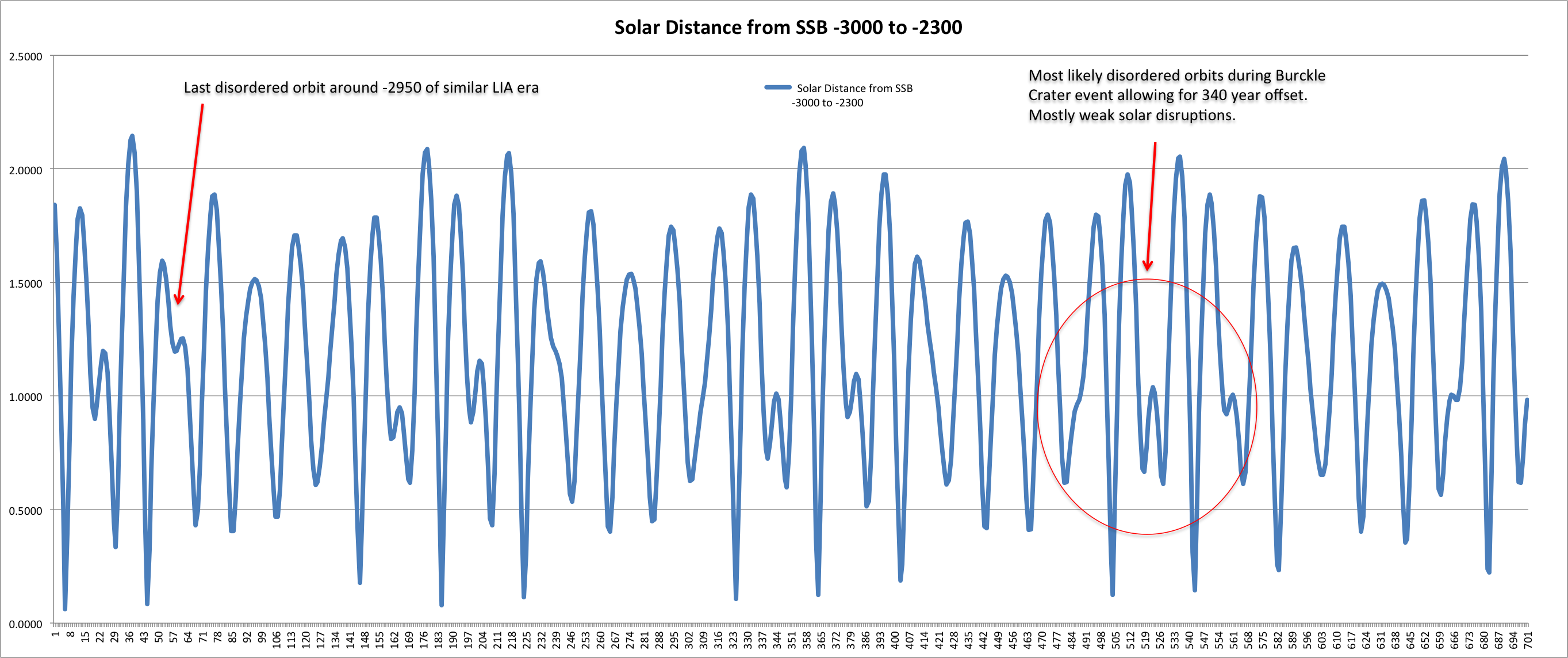
This article is a preliminary document that will be added to.
UPDATE 28th Sept 2016:
After reading Nicola's paper I noticed the 14C record he was using (INTCAL04) looked very different to the INTCAL98 version I have been using. There have been several updates to the radiocarbon record but the upgrade to INTCAL04 is by far the biggest when looking over the Holocene. The update is major with the Holocene record being re written, the differences are quite large. They have a resolution of 1 record every 5 years now instead of 10 but there is much smoothing going on and some questions to be asked. It seems the Wolf minimum is now much deeper and longer than the Sporer which doesn't seem right and the depth of the large grand minima is reduced. Also the large plateau at 2000BC now looks more like a long grand minimum instead of an era that has no major AMP events. Also the anonymous large downward spike at around 2800BC has now moved into the LIA type event at 3155BC which is as I expected, you can see the doubling up of the record with the two similar downturns happening close together on the INTCAL98 version.... but the big changes as far as I'm am concerned is the re writing of the German Dendrochronology record around 3200BC - 2600BC. This is the area that I have always questioned as the planet positions go out of sync in this area, we should see another LIA at around 3155BC if the 4627 year pattern is to repeat.
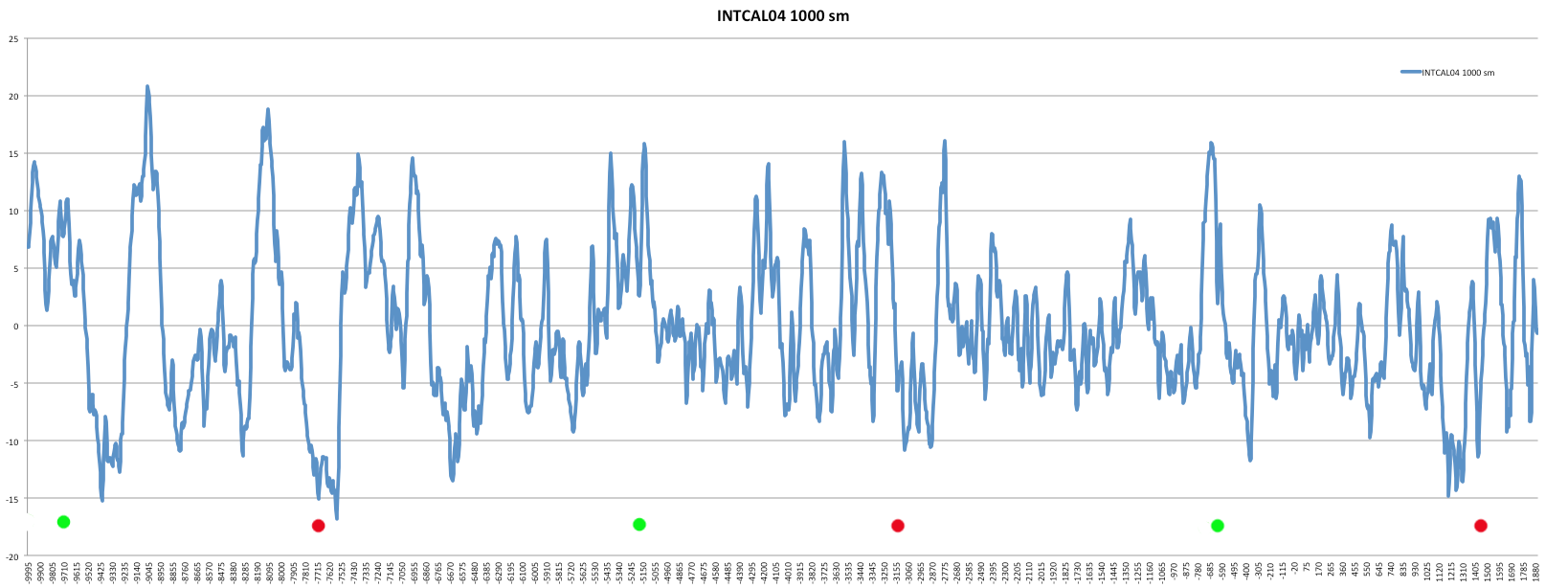
The red dots are from the right the centre of the LIA at 1472 and then separation of 4627 years. So now the major LIA events ARE separated by 4627 years which should be a big boost for my theory. The green dots show the smaller LIA events that come between, but this data perhaps is not quite so convincing. I still think we have a long way to go before we can say the 14C solar proxy record is anywhere near correct, perhaps one day the Dendrochronology guys will use the astronomical data to fine tune their results or at least look to pin point possible irregularities.
UPDATE 5th Oct 2016:
A very recent version of the solar proxy record by Adolphi & Muscheler (2016) which combines the C14 and 10Be records and perhaps gets the scaling of the solar events more correct. The base records are INTCAL13 & GRIP.
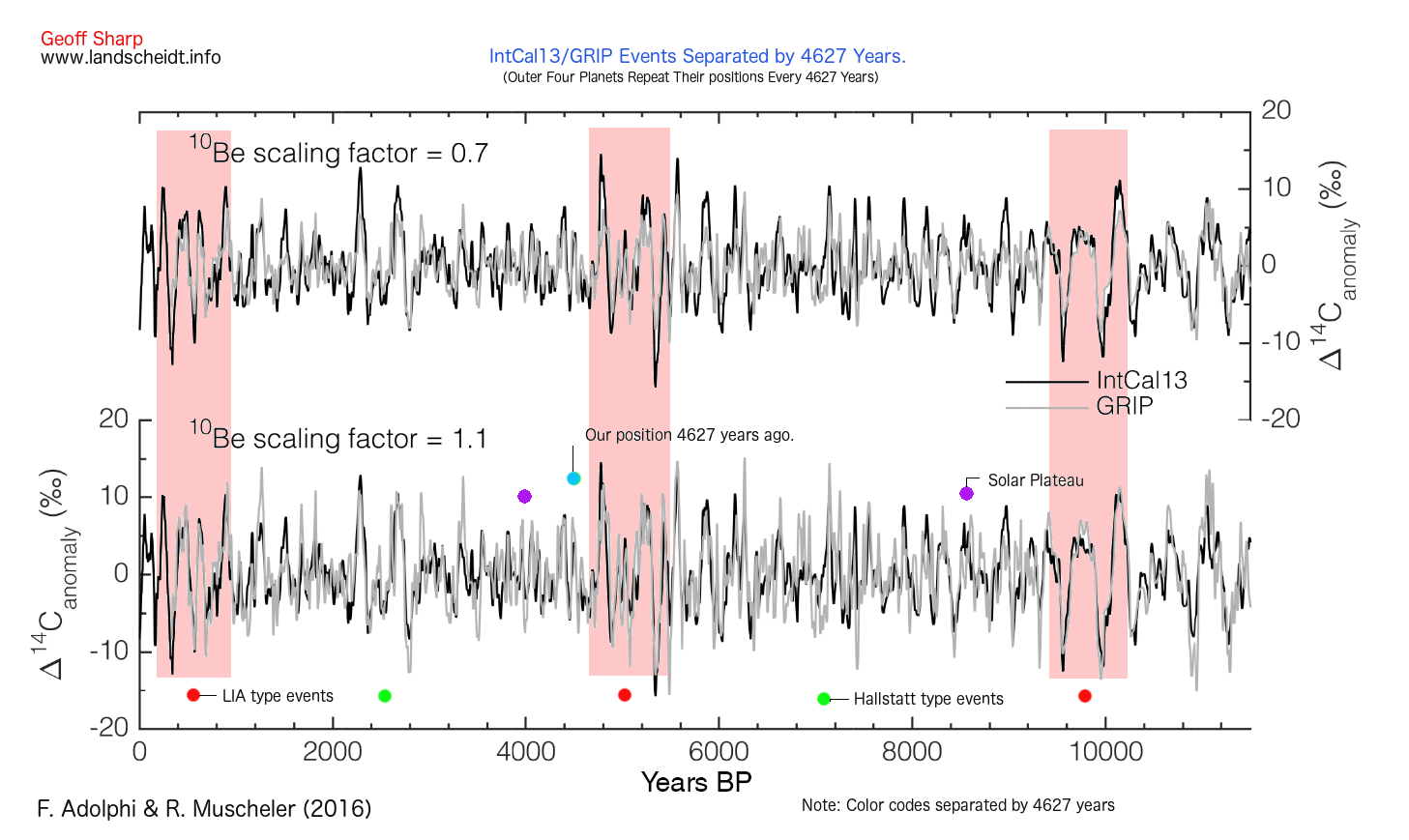
The left to right direction is in reverse to the previous graph.
The top graph with 0.7 scaling factor best shows the higher peaks and troughs that occur during the LIA and Hallstatt type events. The data shows us that the taller peaks occur when the outer four are experiencing grand conjunctions and the deeper troughs are when the J/U/N with S opposite position is strongest. Both these events cluster together, but not quite at the same time.


